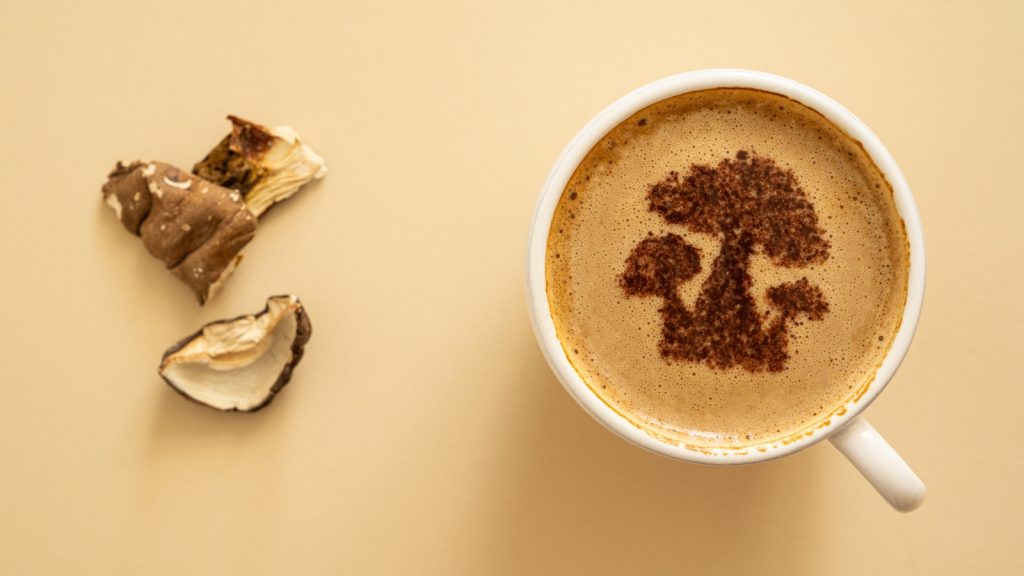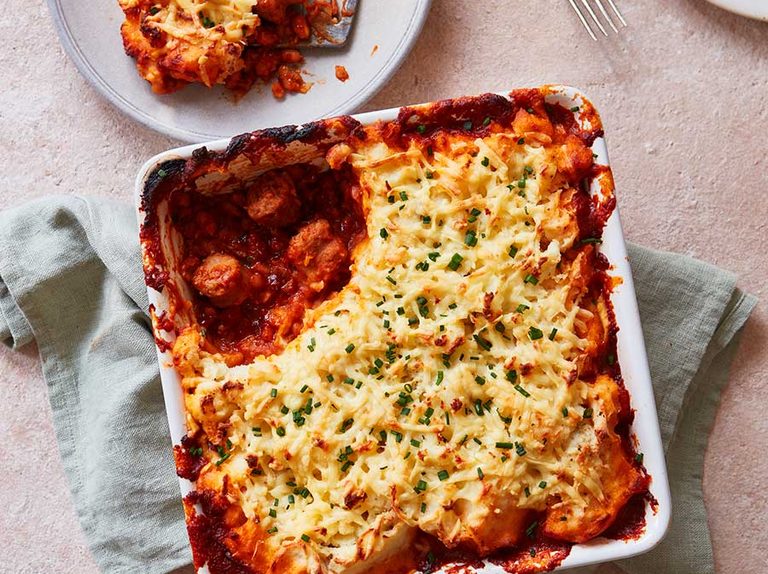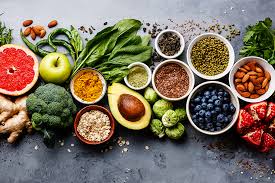Organizing your recipe book might seem like a small task, but it can be a journey filled with joy, memories, and a bit of chaos. It’s not just about putting recipes in order—it’s about creating a personal kitchen companion that feels like home every time you open it. Let’s dive into the nitty-gritty of building a recipe book that’s more than just a collection of meals; it’s a piece of your story, crafted with heart and flavor.
Step 1: Define Your Purpose and Style
Before you even touch a single recipe, take a moment to ask yourself: Why am I doing this? Is it to pass down family traditions, keep your favorite dishes in one place, or simply find a way to cook without hunting down recipes online? Whatever your reason, let it guide the entire process.
Think about the style too. Do you want a sleek, minimalist book that looks like it belongs on a professional chef’s counter? Or maybe something more rustic, with handwritten notes and splashes of sauce as mementos of cooking nights gone wrong? Don’t shy away from letting your personality shine through every page.
Step 2: Gather Your Recipes
Start by gathering all your recipes in one place. That means printouts, magazine clippings, scribbles on napkins, screenshots on your phone—everything. Spread them out on a table and take a deep breath. It’s okay if it looks like a mess right now. That’s part of the fun.
Take, for instance, Marta, a busy mom from Riga who loves collecting recipes from Good Housekeeping magazines. Her dining table was once covered in recipe cards and pages ripped from magazines that she never had the time to properly store. She found that organizing wasn’t just about the recipes—it was about revisiting memories tied to each one. “I found a recipe for chocolate chip cookies that I’d baked with my daughter when she was five,” she says, “and suddenly, it wasn’t just a recipe. It was a piece of us.”
Step 3: Categorize with Heart, Not Just Logic
Categories are essential, but don’t let them box you in. Sure, you’ll need the basics—appetizers, mains, desserts. But think about adding sections that speak to your lifestyle: “Quick Weeknight Dinners,” “Sunday Baking,” or even “Grandma’s Classics.” The goal is to make your recipe book feel like it’s tailored to your needs, not just a generic cookbook.
Let’s talk about David, an architect living in Amsterdam who always struggles to find time to cook. He decided to organize his recipe book into categories that fit his hectic life: “30-Minute Meals,” “Impress the Guests,” and “Hangover Cures.” David’s approach wasn’t just about food; it was about finding balance and joy in his busy schedule. He now swears by his “Impress the Guests” section, which has saved him on countless occasions when last-minute visitors showed up.
Step 4: Choose the Right Format
Your recipe book can be anything you want—a classic binder, a digital collection, or even a beautifully bound journal. Each format has its perks. A binder lets you rearrange and update easily. A digital book, like one stored on Notion or Google Drive, means you can access it anywhere. And a journal? That’s for the romantics who love the idea of a handwritten legacy.
Julia from Birmingham opted for a digital recipe book on her iPad. “I’m a tech junkie, and I hated having to dig through drawers for my favorite pie recipe,” she shares. Now, her recipes are neatly stored, categorized, and searchable. It’s a modern twist on an old tradition, but it works perfectly for her.
Step 5: Add Personal Touches and Stories
This is where the magic happens. Your recipe book isn’t just a reference; it’s a scrapbook of your culinary journey. Add photos, write down who you cooked a dish for, or jot down memories that each recipe brings back. These little notes will make your book a keepsake that you’ll treasure for years.
Imagine flipping through and seeing, “Cooked for Anna’s birthday, 2022. Too much salt, but she loved it anyway.” It’s those imperfect moments that make the book truly yours. Don’t hesitate to let your personality shine through—whether it’s a quirky comment about how you burned the bread or a heartfelt note about making Grandma’s famous lasagna on a rainy Sunday.
Step 6: Make Room for Experimentation
Your recipe book should be a living document. Leave space for new ideas, experiments, and tweaks. Have a section for “Works in Progress” where you can jot down new recipes that are still in development or need tweaking. Maybe you’ll stumble upon a new ingredient or technique that will change a recipe entirely—let your book grow with you.
Markus, a chef from Berlin, treats his recipe book like a laboratory. He’s constantly updating it with new versions of classic recipes. “I have a section called ‘Version 2.0’ where I keep tweaking recipes to make them better. It’s never done, and that’s the best part.”
Step 7: Include Real-Life Favorites from Brands You Love
Don’t shy away from including recipes from your favorite brands, cookbooks, or even restaurant recreations. Adding these recipes isn’t just about convenience; it’s about keeping your favorites close at hand.
For instance, Anna, a foodie from Copenhagen, dedicated a whole section to dishes she’s recreated from restaurants. She’s got recipes inspired by Noma’s iconic fermented dishes and a surprisingly good rendition of Joe & The Juice’s tuna sandwich. “It’s like having a piece of my favorite spots right in my kitchen,” she says, grinning.
Step 8: Don’t Forget the Details—Ingredients, Notes, and Ratings
Make sure each recipe is detailed enough to follow but not overwhelming. List ingredients clearly, include prep and cooking times, and don’t forget those little notes that can make all the difference—like “use fresh basil, not dried” or “double the garlic.”
Give each recipe a rating system if you like. Was it a 10/10 hit at the last dinner party? Or maybe a 6/10 that needs more spice next time? This adds a layer of fun and keeps you engaged with your book.
Step 9: Keep It Accessible and Use It Often
The goal is to use your recipe book—not to let it gather dust on a shelf. Keep it in the kitchen, or if it’s digital, make sure it’s saved on your device’s home screen. The more you use it, the more it becomes a part of your daily life.
Rebecca, a home cook from Vilnius, keeps her recipe binder right next to her stovetop. “It’s like having an old friend in the kitchen,” she laughs. “I’ve spilled wine on it, torn pages, and added sticky notes, but that’s what makes it mine.”
Conclusion: Your Recipe Book, Your Rules
Remember, there’s no right or wrong way to organize your recipe book. It’s all about making something that feels right for you. Let it be messy, let it evolve, and most importantly, let it be a reflection of your culinary journey.
Organizing your recipe book isn’t just a chore—it’s a chance to relive your best kitchen moments, embrace your cooking quirks, and maybe even share a piece of your world with those you love. So grab that stack of recipes, put on your favorite music, and start crafting a book that’s as unique and flavorful as you are.



